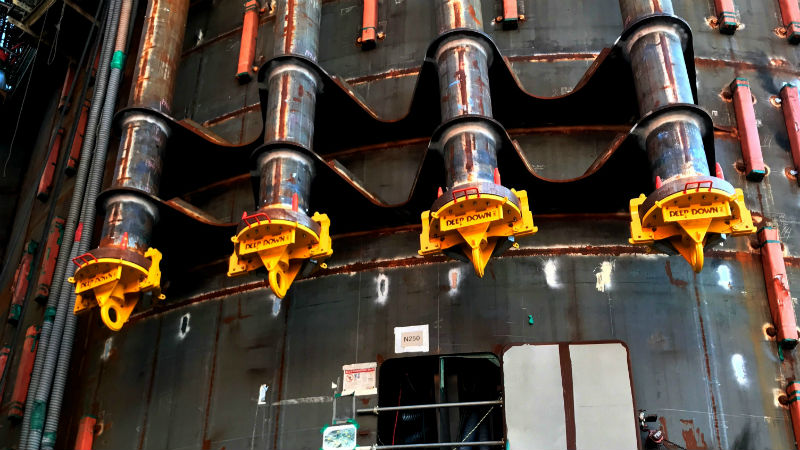Subsea riser systems are essentially conduits that convey hydrocarbon products such as material, gases, and fluids from undersea wells and equipment to fixed or floating structures on the surface of the ocean. The structures can include spars, semi-submersibles, storage and offloading vessels, and floating production.
Types of Risers
The different types of risers that are used include pull tube risers, attached risers, top tensioned risers, steel catenary risers, flexible riser configurations, riser towers, and drilling risers.
Some of the offshore operations that are conducted through the use of riser systems include:
* Well production (from floating production facilities and fixed platforms)
* Drilling operations from fixed platforms, floating production facilities, floating drill platforms, and checkups
* Export of production from floating production facilities and fixed platforms
* Well completion operations, such as dry tree and subsea wells
* Injection of gas or water into hydrocarbon reservoir to improve recovery
* Well work over/intervention from fixed platforms, floating production facilities, MODUs, and checkups
Subsea riser systems may be associated with one of the following activities based on the specific purpose and application involved
* Well control operations
* Running of tubing and casing
* Running of downhole equipment
* Running, operation, and retrieval of drill pipe
* Well work over operations
* Running of a well completion string
* Pigging operations
Flexible risers are able to accommodate horizontal and vertical movement. They are very effective with floating facilities. The flexible pipe that insists of these risers is now an essential riser solution even though it once was used to connect production and export risers with production equipment on a floating facility. Flexible riser configurations can include the lazy S and steep S that accommodate anchored buoyancy modules. As well the lazy wave and steep wave also utilize these modules.
Advancements in Riser System Technology
The gas industry has advanced in terms of technology related to topside performance, subsea equipment, and drilling techniques. With this advancement has come advancement in subsea riser systems in terms of complexity. The reliable performance of the riser system is essential in the difficult environment of deep-sea water.
The service life of a riser system can impact overall field performance due to the fact that any downtime and associated repairs or replacements can be significantly detrimental to operations. The fatigue life and reliability of a riser system depends significantly on the risers’ response to subsea currents. Therefore, it is essential to have the best technology in place with the systems.
If you are interested in finding out more about your options regarding subsea riser systems, contact and experienced subsea installation company today.






